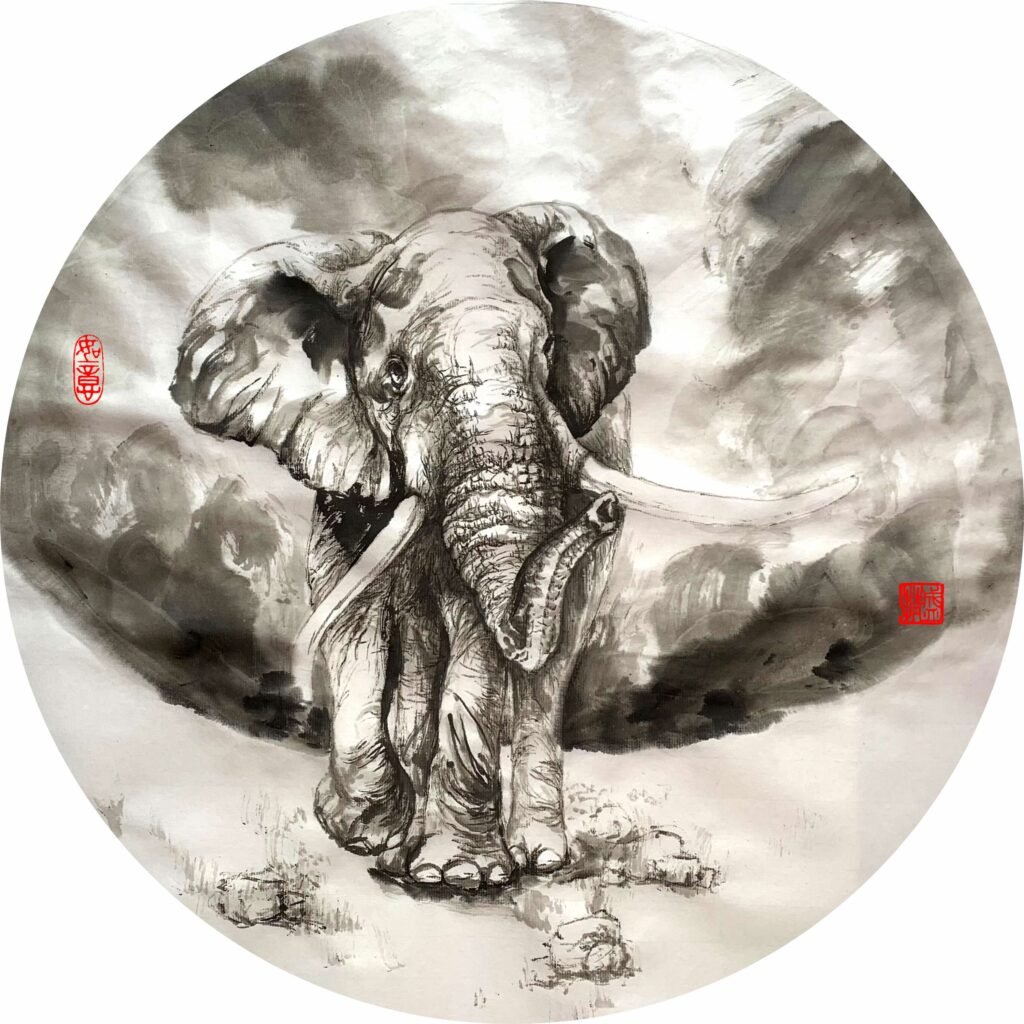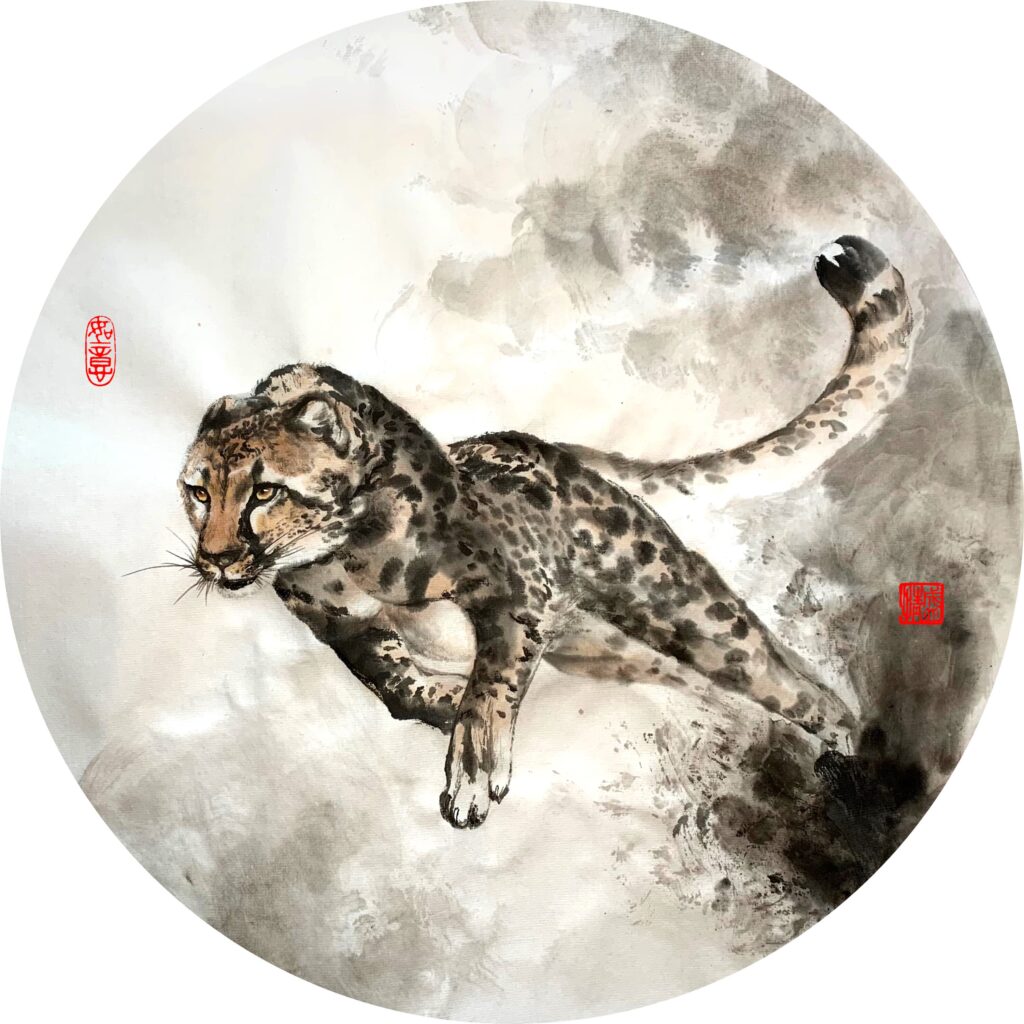In the last few posts we discussed the use of seals, hope that you are already applying these rules and suggestions in your own artworks! Today, let us take a look at the seal ink. The seal ink is literally called seal mud (Yin Ni, 印泥) in Chinese, which results in these pretty additional colors in a piece of artwork. These tiny add-ons in fact also have quite a lot of science about them.

Brief Introduction
The seal ink has a rather sticky quality, and you may find some stringy fibers when using it. This is because the seal ink is made from natural ingredients such as cinnabar, herbs including mugwood, castor oil, and aromatic ingredients such as musk. The main color comes from cinnabar, but in using this material, two distinct colors could appear: the top layer is more orange whereas the bottom is more red. Therefore the most common colors of the seal ink ranges between these two shades. However, the more orange color (硃磦) is more precious than the redder variety (朱砂), and the prices of the two kinds can differ quite a bit. In the photo below there are a few seal ink colors that are common on the market. But the best color of the seal ink is quite a personal decision, it depends on the personal taste, but it should match the seal styles – strong characters perhaps work better with a solid crimson color for instance.

Categories
Seals are in fact used by three groups of people the most, the civil servants, the artists, and the seal craftsmen. The civil servants have rather basic requirements of the seal ink, therefore the most common kind of the seal ink on the market is meant for this use. These seal inks often appear in a plastic or metal box, round or rectangular, sometimes in the form of foam. The artists have higher standards regarding the seal ink. These seal inks have to be moist enough so that the rice paper can “grab” the best shine of the seal impression, but the oil in the seal ink cannot escape from the border to tarnish the rice paper around it either. The craftsmen have yet again different requirements of the seal ink because of the paper on which the seal is pressed is not the same. For us, it is the artistic style of seal ink that we need.
Maintenance
Seal ink of the artistic style should be stored in ceramic containers, because the characteristic of the oil in the seal ink is a tad acidy that reacts with metal. Once the seal ink is oxidised, it will become hard and dark, rendering it unusable. Ceramic containers are their best friends, but a certain amount of seal ink could only last 3-5 years, depending on the uses. The color pigments or the oil will ran out eventually, and that will be the time for some new seal ink.

If you wonder about when it is time to change the seal ink, it is generally not hard. Once your seal ink become super oily, which happens when the color has been more or less used up, it is normally time for a change. However, first you need to see whether you have been keeping the seal ink in its best state!

Tips & Suggestions
- Be sure to mix the seal ink once in a while! Use a wooden or plastic spoon or wide stick to stir and mix the seal ink once every 6 months or so. This way the fibers, oil and color can mix more evenly, so that it displays the best result;
- Keep the seal ink container in a place that is relatively warm and preferably constant in temperature, because extreme temperature change also alters its property;
- Keep the seals clean, so that when using the seal ink, it is not only the fiber being brought up – dirty seals tend to do so!
Hopefully this post can be of some help when you select your seal ink! Even though the oriental art cherishes its simplicity, but you probably can see by now how much complexity is involved in it! It is precisely why we love it, isn’t it?
Enjoy such cultural discussions? Have comments? I look forward to hearing from you!
Related Products From Our Shop
-
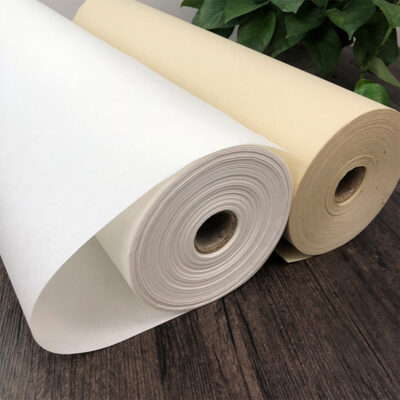 100m Rice Paper Roll
100m Rice Paper Roll -
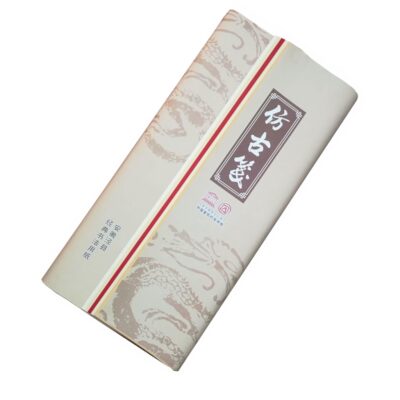 5 Colored Rice Paper Pack
5 Colored Rice Paper Pack -
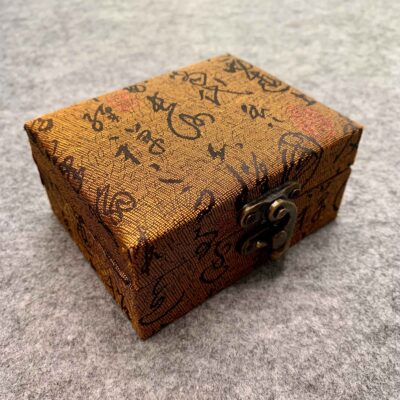 Brocade Box for Seals
Brocade Box for Seals -
 Cloud Dragon High Fiber Rice Paper
Cloud Dragon High Fiber Rice Paper -
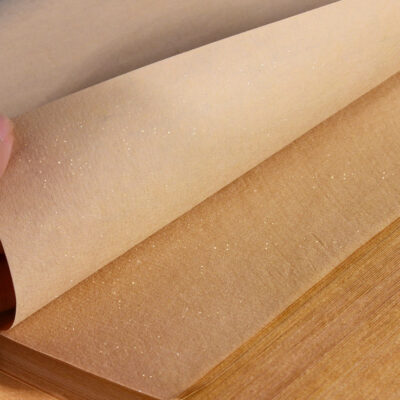 Colored Ripe Rice Paper with Pearly Sparkles
Colored Ripe Rice Paper with Pearly Sparkles -
 Hand-Carved Customise Seal, Name Seal
Hand-Carved Customise Seal, Name Seal -
 Hand-Carved Seal, Leisure Seal
Hand-Carved Seal, Leisure Seal -
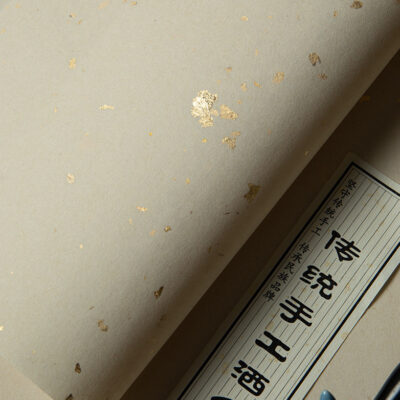 Light Brown Rice Paper with Golden Sparkles
Light Brown Rice Paper with Golden Sparkles -
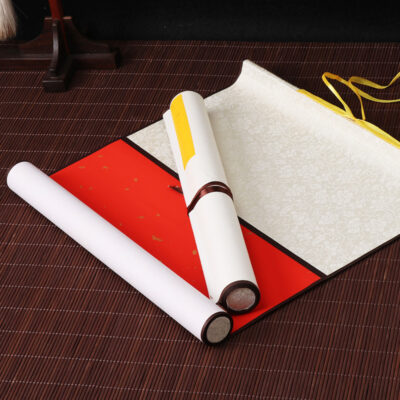 Pre-Mounted Rice Paper Scroll
Pre-Mounted Rice Paper Scroll -
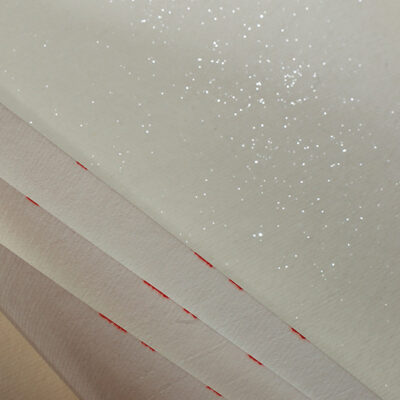 Premium Ripe Rice Paper
Premium Ripe Rice Paper
Buy Artworks | Learn Brush Painting | Learn Chinese Calligraphy
